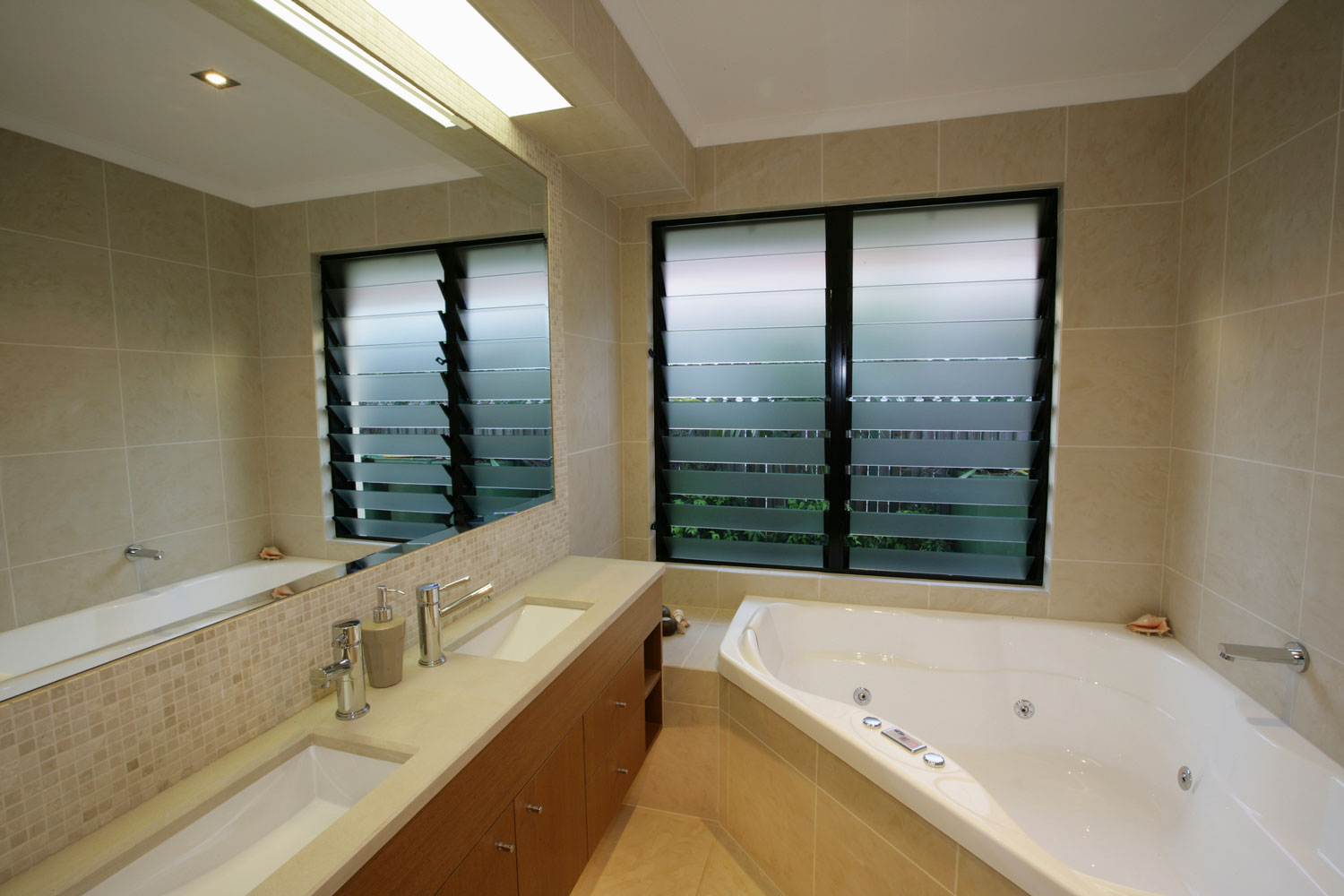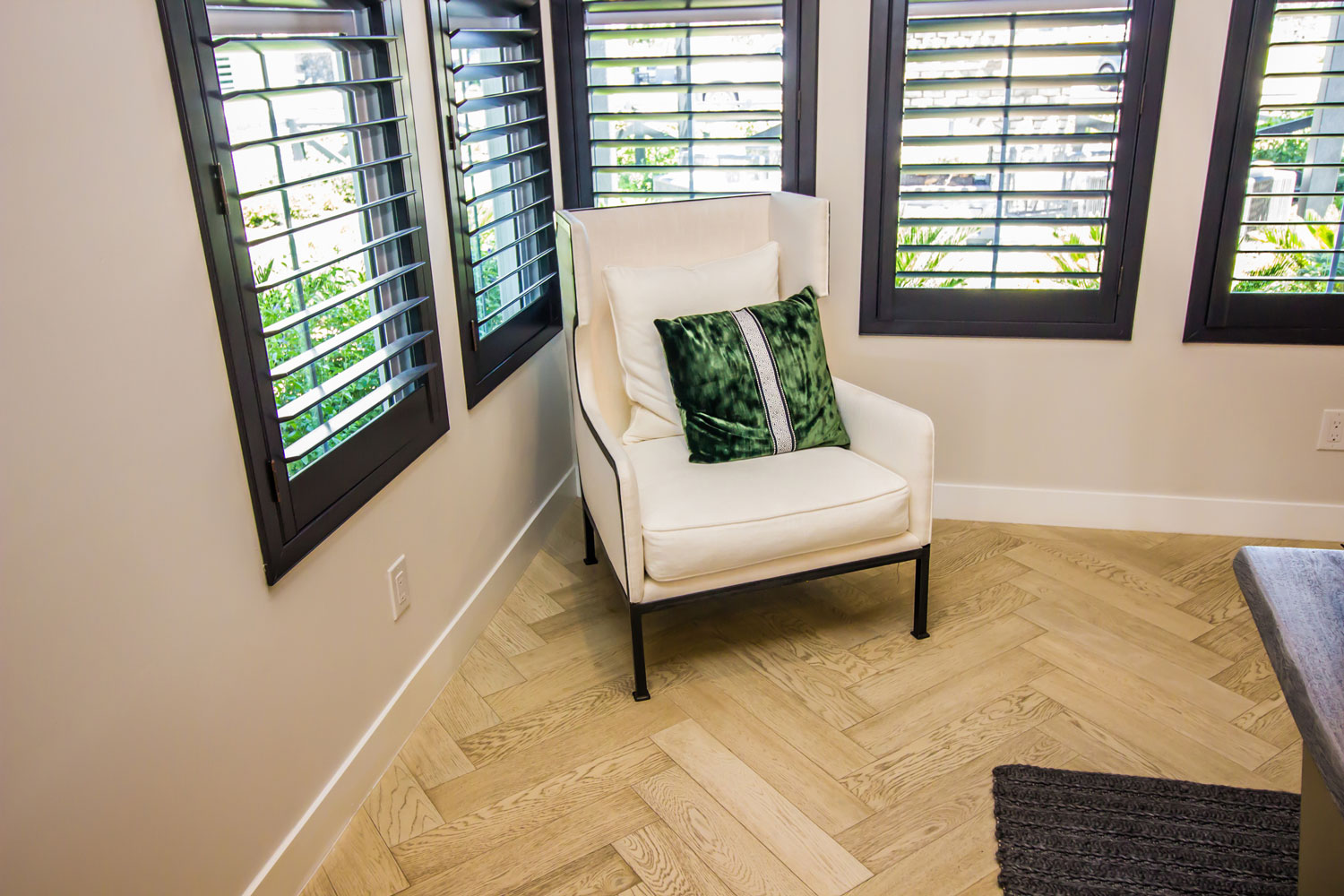Jalousie windows, also known as louvered windows, are notoriously leaky. Whether they are letting in heat in the summer or cold in the winter, this issue can be expensive and uncomfortable. So you are wondering how to insulate jalousie windows. In this post, we combine industry professional knowledge and research to thoroughly answer your question.
There are several ways to insulate jalousie windows. These methods vary in their effectiveness, appearance, and permanence. For best results, it is wise to combine insulation and air sealing. Different insulation and air-sealing techniques applicable to jalousie windows are as follows:
Insulations
- Fiberglass batts
- Foam board
- Window film
Air Sealing
- Spray foam
- Duct tape
- Plastic sheeting
- Plywood
- Vinyl jalousie weatherstripping
Keep reading the rest of this post for detailed instructions on how to insulate jalousie windows. The post includes directions on how to combine the different insulations and air sealing strategies listed above for the perfect solution in your situation. To conclude, we answer a few related questions.

Best Way to Insulate Jalousie Windows
The best way to insulate jalousie windows depends on the details of your situation. These details include the location of the windows, how permanent you want the insulation to be, and the severity of local weather.
Keep these considerations in mind as we review the different types of jalousie window insulation and air-sealing techniques below. Generally, insulation for windows goes on the inside of the home in the space made up of the thickness between the window and the wall.
Fiberglass Batts
Fiberglass batts are relatively affordable and easy to work with. While fiberglass batts have very good insulative properties, they do allow air to easily move from one side to the other. This means that fiberglass insulation requires more intensive, accompanying air sealing.
To insulate jalousie windows with fiberglass batts, first, choose a width of batt that best fits the space available. Then, cut the batts to fit the window frames and place the insulation in front of the window. If the fiberglass has any paper or foil facing, point it towards the heated or cooled space.
Click here for R11 fiberglass batts on Amazon.
Take note; fiberglass will irritate your lungs and eyes. So be sure to wear face and eye covering while working with fiberglass batts.
Choosing Fiberglass Batts
Fiberglass insulation works best when it fills the entire space but is not compressed at all. Therefore, you want a batt thickness that will fill the depth between the window and the wall without being overly thick.
For example, if the space is 3.5 inches, R11 fiberglass will fit perfectly. For a 5.5-inch space, R19 is the correct thickness, and so on. It is ok if the batt is just a little too thick or slightly not thick enough.
Cutting the Fiberglass Batt
Ideally, cut the fiberglass to perfectly fit the space of the window. Often, this is just a rectangle shape, but other times you might want to cut small slits to fit around window cranks or other items. The goal is to get fluffy uncompressed insulation in the entire space.
Click here for a utility knife on Amazon.
To cut fiberglass batts, you will need a cutting surface such as plywood, a utility knife, and a straight edge. Follow these steps:
- Lay the fiberglass batt on the cutting surface
- Compress the fiberglass with the straight edge where you want to cut
- Neatly and strongly run your utility knife along the straight edge. Anything from a piece of scrap lumber to a carpenter square works as the straight edge.
Foam Board
Foam board is manufactured to be light, easy to cut, and very insulative. In fact, foam board has a higher R-value per inch than fiberglass batts. However, the method for installing foam board is very similar to fiberglass batts.
Click here for foam board insulation on Amazon.
That is to say, first, purchase a foam board that fits in the thickness of your window. If the foam board is too thick, it will stick into the room; you will not get as much insulation if it is too thin. This means a foam board that perfectly fits the window frame works best.
After measuring your window hole and marking your foam board, cut the board against a hard surface with a sharp knife. Often, if you score the board deeply along where you want to cut it, you can snap the board at the score. This avoids the need for cutting all the way through the thick foam board.
When cutting, do your best to be precise. Small gaps around the outside of the foam board eequate to better insulation and a simpler job when it comes to air sealing.
Read this great article from HVAC Seer to learn more about how foam insulation works: "Does Foam Insulation Need A Vapor Barrier?"
Window Film
Window film is specially designed to help seal windows. The big advantage of this technique is that the film simultaneously provides air sealing and some insulation. Further, window film still allows light to come in through the window, making this a good-looking option.
Click here for window film on Amazon.
However, the R-value of window film is significantly lower than either fiberglass batts or foam boards. In addition to being used alone, window film can also be installed over fiberglass batts or foam board to act as the air sealing while simultaneously adding more insulation.
To install window film, follow the directions on the packet. In general, steps include:
- Apply double-sided tape to the window frame
- Cut film to fit the window
- Apply film to tape
- Heat the film to remove all wrinkles
Here is a great how-to video on installing window film:
Air Sealing Jalousie Windows

Insulation works great to stop the transfer of temperature from one side of a wall to the other. However, insulation does not automatically stop the movement of air. This means that with insulation alone, outside air still leaks into the home. To avoid this, air seal using one of the following techniques.
Spray Foam
Spray foam is sold by home improvement stores and is basically a liquid version of foam board that dries once it comes into contact with the air. This makes spray foam a very effective form of air sealing.
Click here for spray foam on Amazon.
Spray foam is most appropriate to fill in the cracks around foam board. It does not work as well for fiberglass because the entire face of the fiberglass insulation needs to be sealed, not just the edges.
Following the directions on the can and using the provided nozzle, carefully fill any cracks. Work slowly and take your time to get used to how the product works. Otherwise, you run the risk of overapplying the foam.
Warning! Spray foam is incredibly hard to clean and remove. This makes this air sealing technique only appropriate for jalousie windows that you want to insulate permanently. To learn more about spray foam, check out this article from HVAC Seer: "How Long Does Spray Foam Insulation Smell?"
Duct Tape
Duct tape, or really any time of tape, is most appropriate when used to seal the edges of foam board. Simply align the tape so it sticks to the foam board and the window frame or wall. This stops air from moving around the foam board.
Click here for duct tape on Amazon.
Tape provides less air sealing than foam and may need to be replaced periodically. However, tape has the critical advantage of being relatively easy to remove. That being said, most tapes will leave a hard-to-clean residue if left stuck to the walls for an extended period of time.
Plastic Sheeting
Plastic sheeting is basically just homemade window film. Any type of plastic or tarp, such as Visqueen, that is air and waterproof will work. These products are sold at home-improvement stores.
Click here for visqueen plastic sheeting on Amazon.
Since this air sealing strategy covers a large area with ease, it is most appropriate when paired will fiberglass batts.
To apply, first, cut the plastic sheeting to size with a knife or scissors. Then use regular or double-sided tape to attach the sheeting to the wall and/or window frame.
Plywood
Plywood can be used in a similar fashion to plastic sheeting as a means to air-sealing fiberglass batts or foam board. The downside of plywood is that to attach the wood to the wall or window frame, you will need to drill in screws (or pound in nails).
While usually, it is best to air seal on the inside of a wall, you can also put the plywood on the outside of your home to protect against wind and other air movements. This is particularly relevant if you expect a hurricane or other strong wind event.
Click here for a circular saw on Amazon.
First, use a circular saw to cut the plywood to size. When deciding on the size, consider where you want to attach the wood and any items you may need to notch around. Then, use screws and a drill to affix the plywood to the wall or frame.
Vinyl Jalousie Weatherstripping
These special jalousie weatherstrippings are designed to cut down on airflow between the panes of the jalousie window. Of all the techniques described here this one is the least visually obtrusive and difficult to install.
Click here for vinyl jalousie seals on Amazon.
To install, cut the strip to fit across the top of each window and then press the strip into place. If you are not sure if full-out insulation is right for you, these make a great first step.
How to Make Jalousie Windows Energy Efficient

Most home improvement professionals will tell you that the only way to make jalousie windows truly energy efficient is to replace them. Modern double-paned windows allow no air movement and have quite good energy ratings.
However, taking any of the steps described above will improve jalousie window efficiency. If maximizing energy efficiency is your goal, use a combination of foam board, spray foam, and window film to insulate your jalousie windows.
Are Jalousie Windows Safe During a Hurricane?
According to this article from the Sun-Sentinel newspaper, jalousie windows are unsafe during a hurricane. Even if properly closed, they may blow open and let the strong winds and rain into your home.
To avoid this, either plywood or hurricane shutters should be installed outside your jalousie windows. In fact, it is wise to prepare all of your windows, jalousie or otherwise, if you expect a hurricane.
How to Seal Jalousie Windows For Aircon
Seal jalousie windows for air conditioning in the same way that you seal them to keep out the cold. Insulation, whether you use fiberglass, foam board, or window film, stops the transfer of both cold and hot temperatures.
What is R-Value?
When shopping for insulation or reading about home energy efficiency, you will often come across the term R-value. R-value stands for resistance value. So the higher the R-value the better the insulation is at resisting the transfer of temperature from one side to the other.
In Closing
For more excellent reading about how to insulate windows, check out this article about insulating single pane windows from HVAC Seer: "How To Insulate Single-Pane Windows [4 Methods To Try]."
In this post, we answered the queries of how to insulate jalousie windows. This answer included a rundown of many insulation and air-sealing techniques. To conclude, we answered a few related questions. Good luck!









